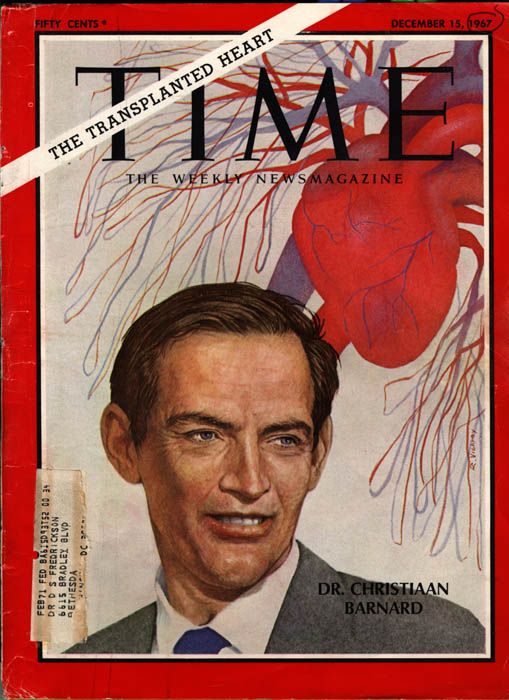IMDb meta-data is runtime 1 hour and 16 minutes, rated 6.2 by 112 opinionators.
Genre: Krimi komedy
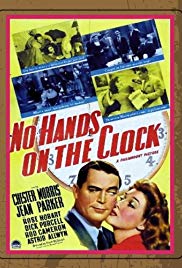
Verdict: Snappy
Boston Blackie (avant le nom) locates a missing heiress and marries her in Reno. Since he is already there, his boss gives him another missing person to find in Reno. He does this by locking his new bride in the bathroom, in the hotel room, and in a car. How anyone can be locked in any of these is beside the point. The sexism is surpassing. He locks her up to keep her out of trouble, he says.
She is feisty enough to get loose, to make him regret it but not enough to stop him from doing it again, and finally to save his bacon though it is too little, too late.
The missing man remains missing, and there is a secondary plot about mistaken identity that was lost on me.
There are many familiar faces from the time and genre: the feisty bride is Jean Parker, Rod Cameron towering over all, Grant Withers scowling, Keye Luke faking bad English, Dick Purcell for once acting, the glacial Astrid Allwyn being glacial, Doc Adams before med school, and those eyebrows on Oscar!
The title comes from a clock on a mortuary across the street from the hotel which has a large pendulum for seconds but no hands for the time. Symbolic? Yes. Of what? Dunno.
By 7 December I suppose audiences had other thing to think about, like the 2,000 widows created on Oahu in just under two hours.
‘First Men in the Moon’ (1964)
IMDb meta-data is runtime 1 hour and 43 minutes, rated 6.7 by 4497 cinematizens.
Genre: Sy Fy
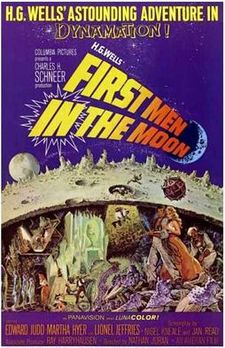
Verdict: Cavorite about! Be careful.
In 1968 when astronauts at last land on the moon, they find a Union Jack in a Victorian bottle. ‘Huh?’ is the scientific reaction. The political reaction is to slap D-Notices on the news.
H. G. Wells got there first with cavor! Ingenious. It is an anti-gravity paste whipped up in a motor and pestle. Belt up. Get set. Slather it on. Go!
Professor Cavor recruits his neighbour who wishes to escape debt collectors with his obliging girlfriend who wants a honeyMoon. She got it.
They bundle into his garden shed and off they go …’to the Moon, Alice!’
The green cheese is full of holes and they go into the moon, per the title: ‘In’ the moon.
In the cheese they find toiling beetles, not mice, who speak English and are not cooperative.
They escape to return, but keep it all secret for script reasons.
There is good humour, mannered turn-of-the-century charm, and a lot of special imagery from the masterful Ray Harryhausen. Lionel Jeffries as Cavor steals the show with his plucky determination and courageous conscience. Eye candy Martha Hyer is mostly locked away in the Victorian tradition, though she too is in the moon, despite that title. The screen play is from the golden typewriter of Nigel Kneale but….not his best work.
Well, I found it boring. Most of Wells’s social commentary was deleted. It seemed aimed at children which Wells’s story certainly was not. Nor was there any mystery in the flashbacks, perhaps because the pace is so slow.
8 December
1609 In Milan the Biblioteca Ambrosiana opened its reading room, the second public library of Europe. There are many claimants for the first public library in Europe, depending on definition of ‘library’ and ‘public.’

1660 The first actress to appear on an English stage was Desdemona in ‘Othello’ at the Thomas Killigrew’s Vere Street Theatre. Her name was not recorded to protect her reputation. Killigrew was an impresario who innovated in many ways.

1813 – Ludwig van Beethoven’s “Symphony No. 7 in A major” premiered in Vienna with Ludi at the rostrum at a charity concert for wounded soldiers from the Napoleonic wars.

1991 The Belavezha Accords was signed by Ukraine, Russian Federation, and Belarus. Though members soon fell into conflict among themselves, the Accords were the obituary of the Union of Soviet Socialist Republics (1917-1991).

2004 The two-page Cuzco Declaration was signed in Peru to establish a South American Community of Nations for summit meetings on health, agriculture, trade, defence, policing, free movement of people, terrorism, energy, tariffs, and other matters of mutual interest. The membership fluctuates with regime changes. The Passport Mercosul arose from it to facilitate the free movement of people. I have seen a few in hand while waiting in passport control lines at airports.

7 December
185 Chinese Emperor Lo-Yang observed and recorded supernova (MSH 15-52). Astronomers still study the remnants of MSH 15-52. Observing the stars was not a hobby for the Emperor. It was part of his duties to take note of the heavens and the portents therein revealed that might affect the realm.

1941 English-Speaking Harvard educated, Admiral Isoroku Yamamoto reluctantly gave the Go (Tora) order. Below is the cable sent under fire from Pearl Harbor. The operator was killed a few minutes later. Having seen the industrial capacity of the United States first hand, Admiral Yamamoto realised the prospects were slim and counselled against war. He was overruled and he obeyed. He was killed during the war.
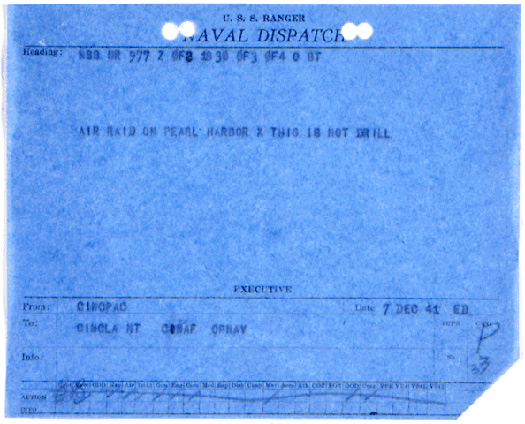
1960 The first episode of the longest running TV soap opera “Coronation Street” was broadcast by the BBC. It is up to 9,716 episodes and counting. Below is the logo upon entering its 50th year.

1975 Indonesia invaded East Timor by air, land, and sea. Blind eyes were turned in Canberra and elsewhere. Because several Australian journalists were killed in the ensuing conflict, the media rehashes it regularly with nothing new but righteous indignation.

1979 ‘Star Trek: The Motion Picture’ premier and heralded the revitalisation of the franchise. I saw in Boston upon release.

6 December
1735 London: The first recorded appendectomy was performed at St George’s Hospital. I had one of those with anaesthetic unlike the chap portrayed.

1784 London: His Majesty’s Government authorised the transportation of convicts to Australia. Pitt the Younger was Prime Minister. With the loss of the American colonies transportation there was precluded. 60,000 had been transported to Georgia and Maryland. Now it the turn of Botany Bay.
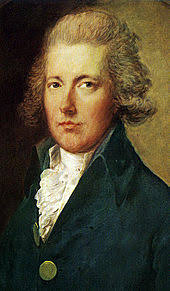
1917 Halifax: a Norwegian tanker and a French munitions ship collided in the harbour and blew up in the Halifax Explosion that killed 2,000, injured another 9,000, left 25,000 homeless in the north Atlantic coast winter and flattened all of the port and much of the city. Meanwhile the long lists of the dead, wounded, and missing on the Western Front continued to come. The explosion provides the backdrop to Hugh MacLennan’s novel ‘Barometer Rising.’ Been there in January!
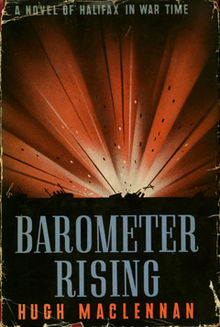
1921 The Anglo-Irish Treaty made Ireland a sovereign dominion. The conflict had begun with the Easter Rising on 1916 which was crushed, but led to the 1919 birth of the IRA and its campaign. This settlement did not stick and more conflict followed among the Irish and with the British.
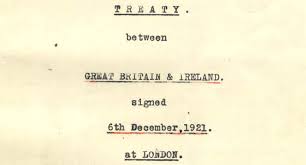
1973 Gerald Ford was sworn in as Vice President, unelected, who went on to be an unelected President with a second unelected Vice President in Nelson Rockefeller. Unique in all three respects. He was born in Omaha.

5 December –
1766 London: Christie’s held the first sale in Pall Mall. Still going there at home and around the world.
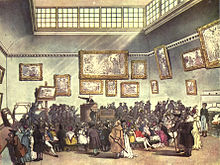
1831 D.C.: Former President John Quincy Adams took a seat in the House of Representatives where his many accomplishments include creation of the Smithsonian Institute(s) and defending the mutineers of the Amistad. He died at his desk in Congress. He did more good as a representative than as a president. A biography of JQA is discussed elsewhere on this blog. Go there for further enlightenment.
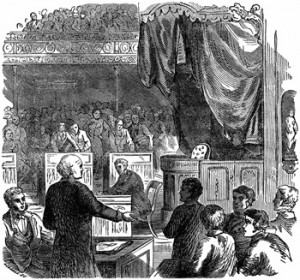
1909 Sydney: George Taylor made the first heavier-than-air flight in Australia in a glider from the sand hills at Narrabeen. He made 20 flights that day of 100 to 250 metres. The Child Bride grew up in those environs.

1945 Florida: Flight 19 left Fort Lauderdale for a three-hour training fight and flew into legend in the Bermuda Triangle to became the ‘Lost Squadron.’ The incident is demystified in the book below.
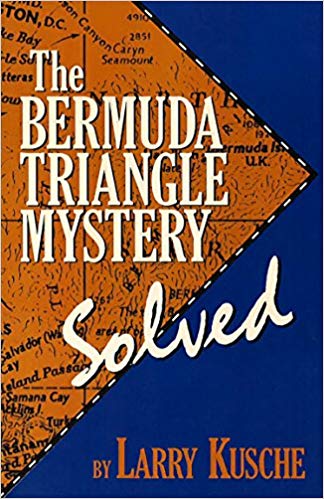
1952 London: The Great Smog began and lasted until March of 1953. Thousands died in accidents and respiratory ailments.
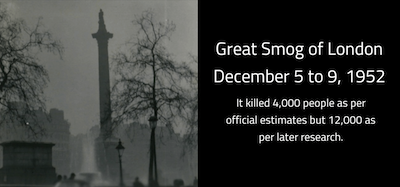
‘The Night Caller’ (1965) aka ‘Blood Beast from Outer Space’ and ‘The Night Caller from Outer Space’
IMDb meta-data is runtime of 1 hour and 25 minutes, rated 5.6 by 542 insomniacs.
Genre: Sy Fy, Noir

Verdict: Broken-backed but diverting in both parts.
Carmine Orrico, his cheek bones have never looked sharper, lands in England and young women start disappearing. Meanwhile a cast of reliable British character actors study a glowing soccer ball, and when it goes missing they call in another set of reliable British character actors to track it down. The reliables include Maurice Denham, Patricia Haines, Alfred Burke, John Carson, Aubrey Morris, Warren Mitchell, Marianne Stone, and Barbara French. It is an ensemble piece and better for it.
The first half is Sy Fy as Denham and Carmine track an object from SPACE and find it on the pitch. Well, it is England and they are soccer mad there. But it is one strange soccer ball. Very. Denham decides to commune with it. Did his life insurance include death by soccer ball?
After killing Denham, the soccer ball grew legs, scarpered, stole a car, and set off for Vienna for the second half of the film which is Noir.
More than twenty young girls answering an ad for swimsuit models — at this point the slumbering fraternity brothers gained consciousness — have disappeared. Since they have disappeared, they are not on screen, and the bros lapsed into the usual state of unconsciousness. The police, oh hum, find these disappearances to be routine. Flighty young girls are always disappearing, it seems.
Carmine tries to convince the stodgy British moustaches that the soccer ball is a menace. He is dismissed as a flighty (wo)man. Then he connects the missing girls with a soccer magazine and the chase is on. It goes all zither and Third Man thereafter.
Squeeze tries to talk to the soccer ball, which is very polite, and assures her that the missing girls will come to no harm (but that they will never be seen again on Earth). She does not find that very reassuring, so soccer ball kills her, because she is too smart. That was a surprise. But at least Carmine is safe, as he is not that smart.
Turns out soccer ball is a man with a lobster claw on one arm — which makes lighting a cigarette a chore — and a lump of rubber on his profile but he has mellifluous voice when he is not a soccer ball.
Eventually, Carmine of and with the Yard corners soccer man, and he explains his world — of all places, Ganymede — has had a Republican apocalypse and needs new blood, i.e., breeding stock, in the hope shaking off the lobster claws. Apologia delivered, he blasts off with the hu(wo)man cargo.
Carmine seems to have forgotten that soccer man killed his mentor, Denham, and his squeeze Squeeze, and has alien-napped twenty-one girls against their wills, and that they will be sex slaves. Carmine seems to find that normal. Ahem. Maybe those rumours about his life style choices have a truth in them.
The pace is brisk though the soccer ball is loquacious for a shy alien.
4 December
1791 Britain’s Observer, the first Sunday newspaper in the world, began publication and is still going.
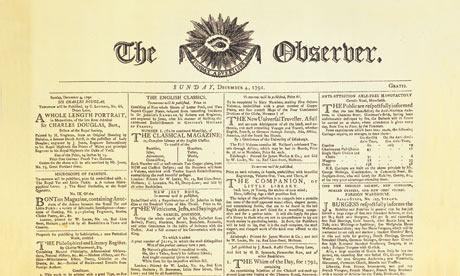
1872 The ‘Mary Celeste’ was found abandoned near the Azores, with its cargo intact, but no sign of its crew or passengers. President Tiny said Hillary did it.
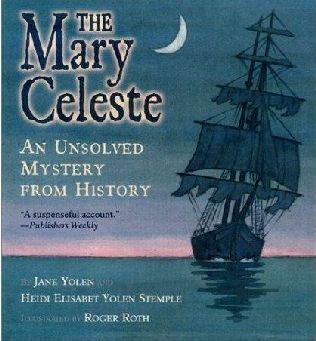
1873 Manila paper (made from sails, canvas and rope) was patented in Massachusetts. I always wondered why it was called that. Much of sail hemp came from the Philippines through the port of Manila.

1961 The female contraceptive ‘pill’ became available on the National Health Service in Britain. The sky did not fall, contrary to assertions.

1998 Assembly began in space of the International Space Station, a joint project between USA, Russia, Japan, Canada with eleven members of the ESA. The space station is in low orbit and can be seen from Earth. It has been in use continually.

The 9th Guest (1934)
IMDb meta-data is runtime 1 hour and 5 minutes, rated 7.0 by 290 cinematizens.
Genre: Mystery
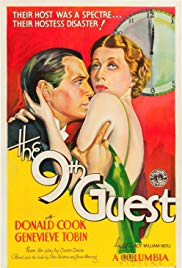
Verdict: Art /deco steals the show.
Eight strangers are invited to a swish soiree in a splendid penthouse apartment. After wining and dining at a banquet buffet while waiting for the arrival of the mystery host, Siri on the radio informs them that the ninth guest is DEATH. Each will be murdered. These are Eight Little Indians off the Agatha Christie reservation.
In the penthouse doors are locked, gates carry an electric charge, stairwell doors have been welded shut, windows cannot be opened, the balcony is on the thirtieth floor – too high for shouting or jumping. The fraternity brothers suggested throwing furniture off the balcony to bring a reaction.
There is no escape. They must endure the McKinsey management training seminar that will lead to their deaths. I know the feeling.
The mystery is why they are there and who is the mastermind. There are connections among some but not all of them. None is innocent. They include an oily dean from a university, an egotistical assistant professor from the same university, a political fixer and his mistress, a shyster (aka lawyer), a self-appointed do-gooder, a hypocritical society hostess, a starlet trying to sleep her way to the top, and – shock – an unscrupulous journalist.
They all wear the most formal Tuxedo Park attire, and proclaim their ignorance and innocence. The former is credible but the latter is not.
What follows is a character study as each guest reacts to the doom the awaits. Some panic and in so doing hasten their own end. Others go all rational and try to figure it out. Some read spam email. Others close in on themselves, but no one turns to prayer. There is a butler for comic relief, and mercifully he is not a she or a black. For such a static story, the direction is crisp.
The art deco set and the 1930s hi-tech are marvellous. It makes it a variant of the Old Dark House with all its quirks, lurks, traps, sliding panels, disappearing objects, talking radio, and more.
3 December
1468 Teenager Lorenzo the Magnificent became head of the d’ Medici family and the de facto ruler of Florence on the death of his father. His grandfather had made an enormous fortune in banking throughout western Europe, and his son had consolidated it. Grandson Big Larry spent the fortune on art. We saw some of it when I spent a semester at the European Universities Institute there.

1586 Sir Thomas Herriot introduced potatoes to England from Colombia. The Inca Empire cultivated dozens of varieties and they spread from there. Is that potatoes or potatos? Ask Dan Quayle.

1854 The Battle of the Eureka Stockade began near Ballarat, Victoria. Been there; I have commented on the Museum of Australian Democracy at Eureka elsewhere on this blog.

1947 In New York City ‘Stella!‘ is heard as ‘A Street Car Named Desire’ opened on Broadway. Seen it and been on that streetcar in NOLA.
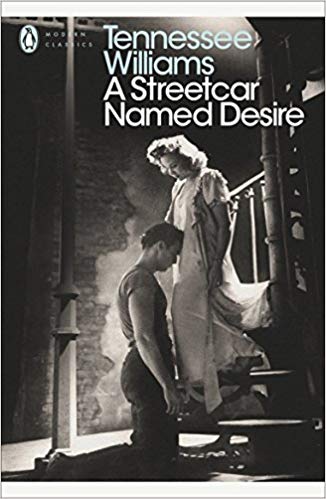
1967 In Cape Town Dr Christiaan Barnard successfully completed the first human heart transplant on Louis Washkansky. The heart came from a car accident fatality. The operation was successful and the patient died eighteen days later.
